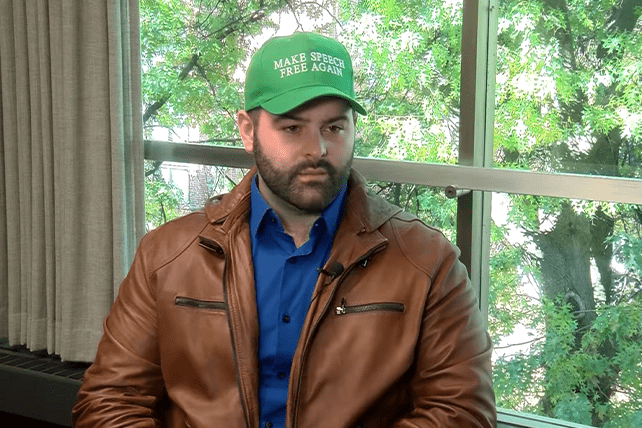Sarna said that the songs written by Jewish songwriters fit into the American tradition of celebrating Christmas as a seasonal celebration, rather than a religious one. “They are more in the tradition of Dickens’ ‘A Christmas Carol’ than in the tradition of ‘Silent Night,’” he said.
Jonathan Karp, who teaches history and Jewish studies at Binghamton University, said there’s no conspiracy involved with the success of Jewish writers of Christmas carols. Jewish songsmiths such as Irving Berlin wrote Christmas songs thinking Americans’ popular performers wanted them.
Karp said many Jews worked in Tin Pan Alley, the collection of songwriters and publishers that flourished in midtown Manhattan from the late 1800s to the mid-1990s, as well as in the theaters and venues where live music was performed.
Before records came into fashion, those songwriters made their money from sales of sheet music, said Karp. One way to sell sheet music was to get popular entertainers to sing them. When the holidays rolled around, those entertainers needed Christmas songs to sing. So Jewish Tin Pan Alley songwriters wrote them.
Karp also suggested that songs like “White Christmas” were a way for Jewish songwriters to participate in Christmas — even though the religious holiday is not their own.
“I would even go as far as saying it’s about feeling the spirit of Christmas,” he said.
Writing Christmas carols isn’t the only way Jewish Americans played a role in holiday tradition. Albert Sadacca, whose Jewish family emigrated from Turkey, helped develop electric Christmas lights and helped found one of the largest Christmas light manufacturers in America.
Devin Naar, associate professor of Jewish studies at the University of Washington in Seattle, who has studied Sadacca’s part in popularizing Christmas lights, said that Christmas has become an icon of America almost as much as Uncle Sam or the Stars and Stripes. Even if they don’t celebrate Christmas, Jews have helped write this chapter of the American story.
Naar pointed to a Sephardic proverb found in the Ladino dialect spoken by Jewish immigrants from the Muslim world (like Sadacca), which translates, “Let me enter, and I’ll make a place for myself.”
Whether writing Christmas songs or creating Christmas tree lights, Jews found a way to show that they belonged in America, at a time when their fellow Americans viewed them with suspicion. In a 2022 essay for The Washington Post, Naar pointed out that Calvin Coolidge — the president who presided over the first lighting of the national Christmas tree — favored harsh immigration reforms.
“America must be kept American,” Coolidge said in his first address to the nation, a few weeks before that tree lighting. By American, Coolidge meant “white Christian people, preferably Protestants,” said Naar.

